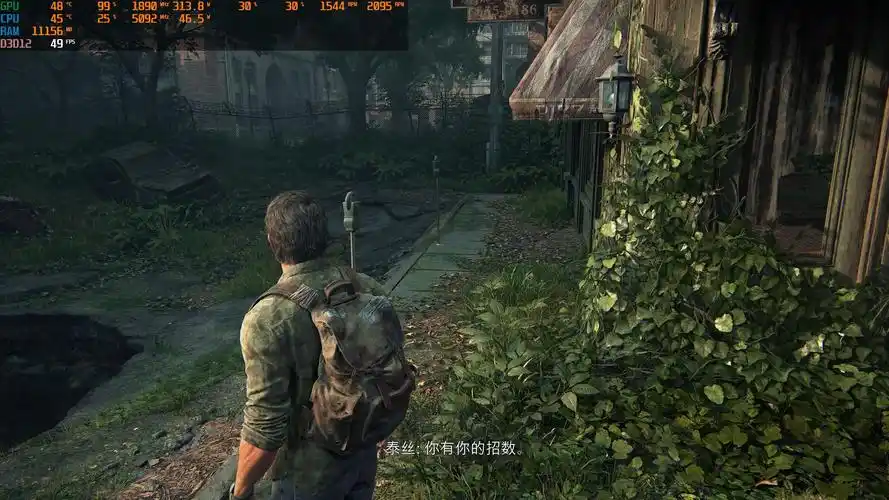Song Simulator VR: Melody Missions DLC – A New Frontier in Musical Gaming
Virtual Reality has long promised to transform how we experience digital entertainment, and few genres have embraced that potential as enthusiastically as rhythm games. From the infectious beats of Beat Saber to the creative freedom of Synth Riders, VR has become a haven for music lovers. Now, a new contender is pushing the boundaries even further. The highly anticipated DLC for the innovative Song Simulator VR, titled "Melody Missions," isn't just an add-on; it's a complete reinvention of the musical gameplay loop, transforming players from passive participants into active architects of sound.
Beyond the Beat Map: The Core Concept of Melody Missions
The original Song Simulator VR distinguished itself by moving beyond simple note-slashing. Its core premise was "sound sculpting"—using motion controllers to manipulate abstract shapes and particles that generated the music itself. You weren't just hitting notes on time; you were physically creating the synth arpeggios, drum fills, and bass drops with your movements.
Melody Missions takes this groundbreaking concept and builds an entire narrative and challenge system around it. The DLC introduces a new single-player campaign where players are recruited as a "Sonic Architect" for a mysterious entity known as the Harmony Core. The Harmony Core's vast musical database is degrading, and it's your job to journey into corrupted song files and repair them from the inside out.
Each "Mission" is a song, but it's presented as a unstable, glitching digital landscape. Your objective is not to achieve a high score, but to achieve 100% "Stability" by successfully performing a series of key musical actions. This shifts the focus from perfection to understanding, from reaction to creation.
Gameplay Mechanics: Conducting the Chaos
The genius of Melody Missions lies in its new suite of gameplay mechanics, designed to make you feel like a true composer and conductor.
The Harmonizer Tool: This is your primary instrument. It appears as a versatile, morphing tool in your hand, capable of several functions:
- Pitch Correction: Glitching melodic lines appear as fragmented light beams. You must physically grab and stretch these beams, aligning them to a central frequency grid to restore the melody to its intended pitch.
- Rhythm Stabilization: Corrupted percussion tracks manifest as unstable, pulsating orbs that flash out of sync. You need to "catch" these orbs in rhythm and hold them in a stabilization field, effectively re-recording the drum pattern with your own timing.
- Dynamic Waveforming: The overall volume and energy of the track are represented by the environment itself. Sections that are too quiet appear dim and faded, while overly loud, distorted sections are chaotic and blinding. You use broad, conductor-like gestures to swell and calm the audio waves, balancing the dynamics to their original intent.
The Adaptive Difficulty System: Melody Missions features a revolutionary adaptive AI. The campaign doesn't have a simple difficulty slider. Instead, the Harmony Core AI analyzes your performance in real-time. If you struggle with rhythm but excel at melody, subsequent missions will present more rhythmic challenges to help you improve, while tailoring melodic sections to be more complex to keep you engaged. This creates a deeply personalized learning curve that feels less like a test and more like a training simulation.
The Sonic and Visual Spectacle
The DLC features a completely new soundtrack curated specifically for its mechanics. It includes exclusive licensed tracks from electronic artists like Koven, Feint, and Bossfight, known for their complex, layered productions that are perfect for deconstruction. Furthermore, a partnership with several independent labels introduces a "Community Repair" mission pack, showcasing emerging artists.
Visually, the aesthetic has evolved from the pure, abstract neon of the base game. The corrupted song worlds are a blend of digital decay and organic regrowth—imagine crystalline structures cracking with static energy overgrown with luminous vines, or futuristic cityscapes dissolving into blocky, low-poly artifacts. Successfully repairing a section triggers a breathtaking "Blossoming" effect, where color and light flood back into the environment, a visual reward that is perfectly synced with the returning music.
The Verdict: A Masterclass in Immersive Design
Song Simulator VR: Melody Missions is more than a DLC; it's a statement. It confidently asserts that VR rhythm games can be cerebral, creative, and emotionally resonant, not just physically taxing. It successfully gamifies music theory in an intuitive and thrilling way, teaching players about song structure, dynamics, and rhythm through doing rather than listening.

By framing gameplay as "repair" and "creation" instead of "destruction" and "scoring," it fosters a different kind of engagement—one of care and mastery. You finish a mission not just with a letter grade, but with a genuine understanding of how that song works. It’s a powerful, almost educational experience disguised as a dazzling VR thrill ride.
For anyone who has ever wanted to step inside their favorite song and not just hear it, but touch it, Melody Missions is the ultimate wish fulfillment. It doesn't just simulate songs; it simulates what it feels like to be a musician, and in doing so, it hits a perfect note of innovation and fun.
















